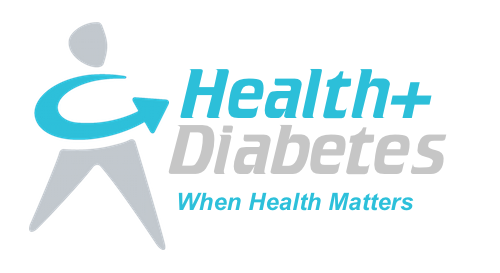Osteoporosis
Osteoporosis is loss of bone strength, making bones more fragile and more prone to fracture. Learn more about osteoporosis, osteopenia, common places in the body for fracture and rates of osteoporosis in Australia.
About bone strength
Normal bone is made up of a mixture of calcium and other minerals including magnesium and phosphate. Normal bone also contains collagen, a protein that forms the physical framework of bone.
Bone is constantly being broken down and renewed. During childhood more bone is made than broken down. Just after puberty (about 15-17 years) 90% of bone growth is complete and there is only a small increase in bone strength after this age until the age of 30. From our mid 30s onwards, more bone is broken down than made. This results in a gradual decrease in bone strength as we age.
Hormones such as oestrogen play a role in maintaining bone strength. When women go through menopause there is a significant fall in oestrogen (up to 90%). This means there is rapid bone loss in the years immediately after menopause. However, the rate of loss slows 4-8 years after menopause.
Osteoporosis
Osteoporosis is a condition that results in loss of bone strength, making bones more fragile and more prone to fracture.
It occurs when bones lose minerals, like calcium, more quickly than the body can replace them. This leads to loss of bone thickness (also called bone mass or density). This is a normal part of ageing for everyone.

With osteoporosis bones become thinner, and in severe cases even a minor bump can cause a fracture (break or crack). Any bone can be affected by osteoporosis, but the most common sites are the:
- hip
- spine
- wrist
- ribs
- pelvis
- upper arm
Often, there are no signs or symptoms of osteoporosis until a fracture occurs.
Some women develop osteoporosis early because of illness or hormonal deficiencies.
What is osteopenia?
Osteopenia is essentially lower bone density, where bones have lost some mass and strength. In osteopenia the bone density is between normal bone density and osteoporosis. A woman with osteopenia has a risk of broken bones that is higher than normal, but not as high as with the more severe effects of osteoporosis.
Osteoporosis in Australia
Nearly two million Australians (approximately 10% of the population) currently have an osteoporosis-related condition, and three quarters of these are women:
- After age 60, 1 in 2 Australian women will have a fracture related to osteoporosis
- Of all osteoporotic fractures in Australia, almost half are vertebral (bones in the spinal column) followed by fractures of the hip and wrist

Hip fractures are a particular problem, with evidence showing a decline in health after a hip fracture:
- 50% of elderly people will need long term nursing care
- The risk of mortality increases with hip fractures with up to 15% leading to death within 4 months of the fracture[1]
With our increasing life expectancy the rate of osteoporosis is likely to increase over the next few years, and up to 13% of the Australian population will be affected by osteoporosis.
Access Economics Pty Ltd, Prepared for Osteoporosis Australia. The Burden of Brittle Bones: Costing Osteoporosis in Australia. 1-36. 2001.


